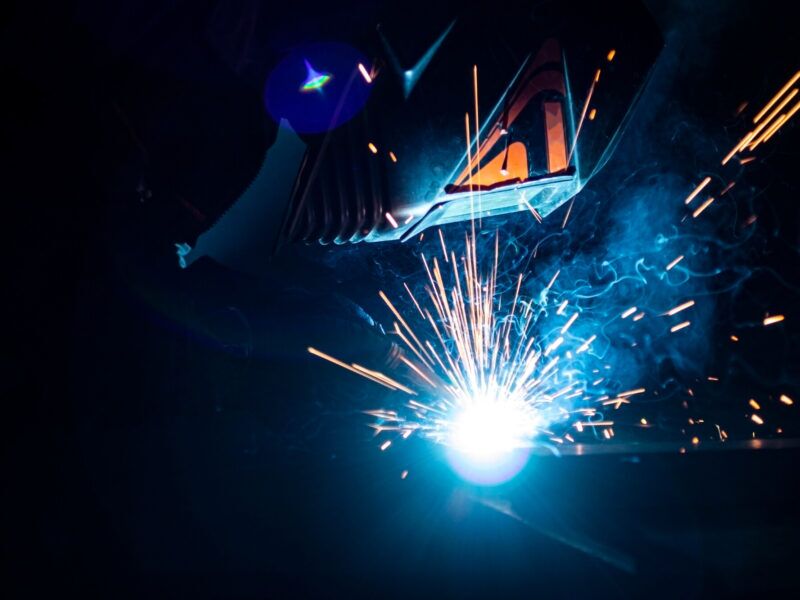Understanding the Art of Welding: Just How to Stay Clear Of Undercut Welding Issues for Flawless Construction Outcomes
By recognizing the origin triggers of undercut welding and applying effective strategies to avoid it, welders can raise their craft to brand-new degrees of excellence. In the pursuit of remarkable construction outcomes, mastering the art of welding to prevent undercut issues is not just a skill however a need for those making every effort for excellence in their work.
Understanding Undercut Welding

To stop undercut welding, welders should make certain appropriate welding parameters, such as adjusting the present, voltage, travel rate, and maintaining the appropriate electrode angle. Furthermore, making use of the proper welding technique for the certain joint arrangement is crucial. Utilizing weaving activities or backstepping methods can aid guarantee proper weld metal deposition and lower the possibility of undercut formation. Routine evaluation of welds throughout and after the welding procedure is also vital to catch any kind of undercut early and make required changes to stop additional issues. Preventing weld undercut. By comprehending the sources of undercut welding and implementing safety nets, welders can achieve high-grade, structurally sound welds.
Root Causes Of Undercut in Welding
Understanding the aspects that contribute to undercut in welding is important for welders to produce top notch, structurally sound welds. Insufficient welding existing or inaccurate welding rate can additionally contribute to undercut. Recognizing these causes and executing correct welding techniques can help protect against undercutting problems, making certain sturdy and strong welds.
Techniques to Stop Undercutting

To reduce the risk of damaging in welding, welders can utilize calculated welding techniques aimed at boosting the high quality and honesty of the weld joints. In addition, making use of the right welding method for the details joint arrangement, such as weave or stringer grains, can contribute to reducing damaging.
Utilizing back-step welding strategies and controlling the weld bead account can likewise aid disperse heat uniformly and lessen the risk of undercut. Routine examination of the weld joint during and after welding, as well as applying high quality assurance procedures, can assist in spotting and attending to damaging issues quickly.
Significance of Appropriate Welding Specifications
Selecting and preserving suitable welding specifications is necessary for attaining successful welds with minimal problems. Welding parameters refer to variables such as voltage, current, travel speed, electrode angle, and protecting gas flow rate that directly impact the welding procedure. These specifications need to be carefully adjusted based upon the kind of product being bonded, its thickness, and the welding technique employed.
Proper welding parameters ensure the correct amount of warm is applied to melt the base steels and filler product consistently. If the parameters are established expensive, it can cause excessive heat input, creating spatter, burn-through, or distortion. On the other hand, if the criteria are as well low, insufficient combination, lack of infiltration, or undercutting might happen.
Quality Guarantee in Welding Procedures

Conclusion
To conclude, understanding the art of welding calls for a complete understanding of undercut welding, its reasons, and methods to stop it. By making sure proper welding parameters and implementing quality control techniques, flawless fabrication outcomes can be attained. It is necessary for welders to constantly aim for quality in their welding procedures to stay clear of undercut problems and produce premium welds.
Undercut welding, a typical issue in welding procedures, happens when the weld metal does not effectively fill up the groove and leaves a groove or clinical depression along the bonded joint.To avoid undercut welding, welders should make certain appropriate welding parameters, such as adjusting the current, helpful site voltage, traveling speed, and keeping the right electrode angle. Inadequate welding current or wrong welding rate can also add to damage.To alleviate the risk of damaging in welding, welders can employ strategic welding strategies intended at enhancing the high quality and integrity of the weld joints.In conclusion, mastering the art of welding needs a complete understanding of undercut welding, its causes, and techniques to avoid it.